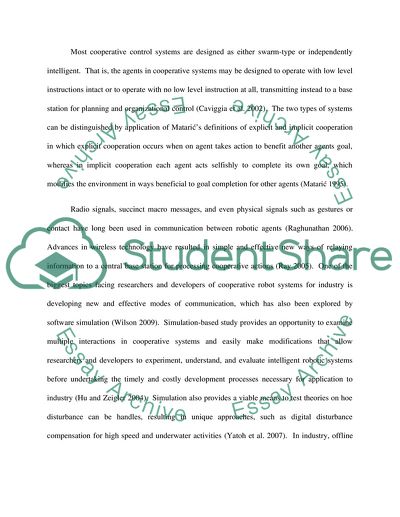Cite this document
(“Not Found (#404) - StudentShare”, n.d.)
Not Found (#404) - StudentShare. Retrieved from https://studentshare.org/literature/1740767-literature-review-of-robots-cooperative-control-with-disturbance-observer
Not Found (#404) - StudentShare. Retrieved from https://studentshare.org/literature/1740767-literature-review-of-robots-cooperative-control-with-disturbance-observer
(Not Found (#404) - StudentShare)
Not Found (#404) - StudentShare. https://studentshare.org/literature/1740767-literature-review-of-robots-cooperative-control-with-disturbance-observer.
Not Found (#404) - StudentShare. https://studentshare.org/literature/1740767-literature-review-of-robots-cooperative-control-with-disturbance-observer.
“Not Found (#404) - StudentShare”, n.d. https://studentshare.org/literature/1740767-literature-review-of-robots-cooperative-control-with-disturbance-observer.


